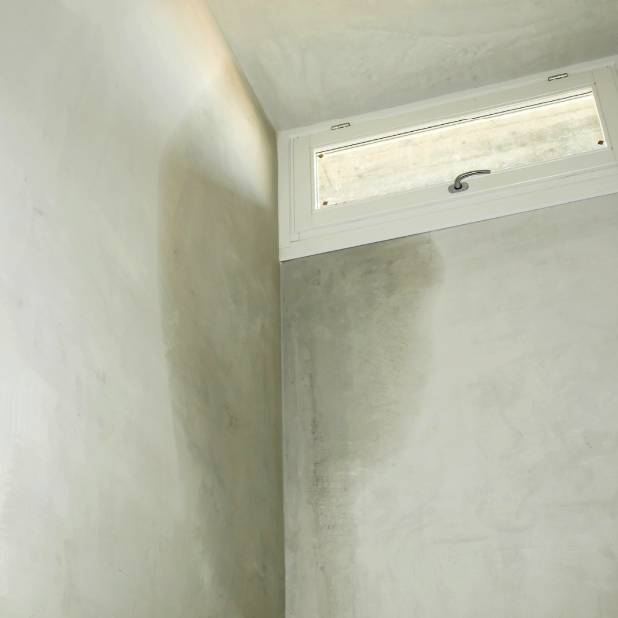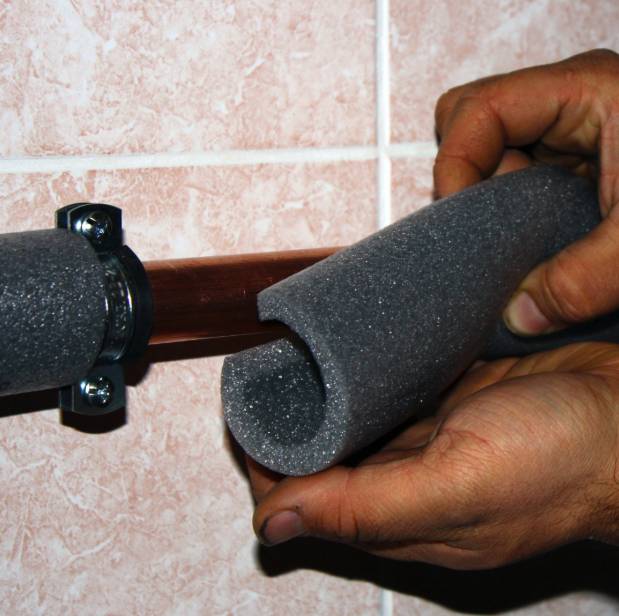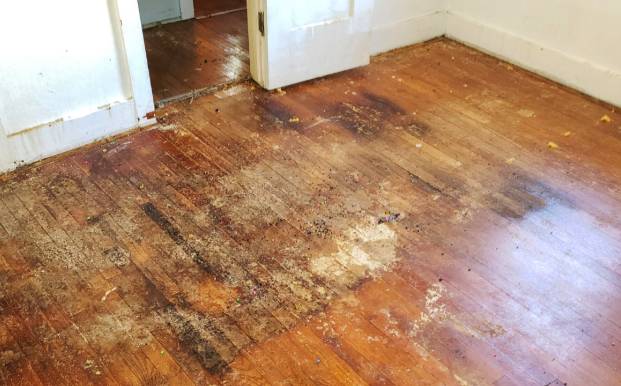Water damage occurs when unwanted water intrudes into a home, causing damage to materials and systems. This can happen because of a variety of reasons, such as leaking pipes, roof damage, flooding, and poor drainage. Each of these causes presents unique challenges and requires specific preventative strategies.
Understanding the sources of water damage is the first step in preventing it. By identifying potential weak points in your home’s structure and systems, you can take targeted actions to fortify them against water intrusion.
Common Causes of Water Damage
- Leaking Pipes: Over time, pipes can corrode or crack, leading to leaks that escalate into significant damage. Regular inspections help catch issues early.
- Roof Damage: Missing shingles or damaged flashing allow water to seep in. Routine roof checks, especially after storms, can prevent costly leaks.
- Poor Drainage: Improper drainage can cause water to pool around the foundation, leading to basement seepage. Keep gutters clean and ensure proper grading to direct water away.
- Natural Disasters: Floods, hurricanes, and heavy storms can lead to severe water damage. Storm-resistant features and emergency preparedness can help minimize risks.
Seasonal Tips for Water Damage Prevention
Spring: Preparing for the Thaw
As temperatures rise and snow begins to melt, spring is a critical time for potential water damage. Thawing can lead to significant water accumulation, especially in areas prone to heavy snowfall. Here are some tips to prepare your home:
- Inspect and Clean Gutters: Make sure your gutters and downspouts are clear of debris to allow melting snow and rainwater to flow freely. Clogged gutters can lead to water overflow, which can damage your roof, walls, and foundation.
- Check for Roof Damage: Inspect your roof for any damage or missing shingles that could lead to leaks. Winter weather can be harsh on roofing materials, leading to cracks and breaks that allow water to infiltrate. Early spring is an ideal time to conduct a thorough roof inspection, addressing any issues before the rainy season begins. Hiring a professional roofer for a detailed inspection can provide peace of mind and ensure no damage goes unnoticed.
- Test Sump Pumps: If you have a sump pump in your basement, test it to ensure it’s in working order to handle the increased water flow. A malfunctioning sump pump can lead to basement flooding, causing extensive damage to your property. Regular testing and maintenance, such as cleaning the pump and checking the power source, can ensure it operates effectively when needed.
Summer: Managing Moisture and Humidity

Summer can bring heavy rains and high humidity, which can contribute to water damage. High humidity levels can also create a conducive environment for mold growth, posing additional risks to your home and health. Here’s how you can protect your home:
- Seal Windows and Doors: Check and repair any seals around windows and doors to prevent water from entering. Water can easily penetrate through gaps and cracks, leading to damage over time. Applying weatherstripping or caulking around windows and doors can help create a watertight seal, preventing moisture intrusion.
- Maintain Air Conditioning Systems: Ensure your air conditioning system works properly to manage indoor humidity levels. A well-functioning AC unit can help keep humidity levels in check, preventing the growth of mold and mildew. Regular maintenance can enhance your system’s efficiency and longevity. Installing a dehumidifier can also help manage excess moisture in particularly humid areas of your home.
- Inspect Plumbing: Regularly inspect exposed pipes for any signs of leaks or damage. Summer is an ideal time to conduct a thorough inspection, addressing minor issues before they escalate. Pay special attention to areas with high water usage, such as kitchens and bathrooms, and repair any leaks immediately.
Fall: Preparing for Rain and Wind
The fall season can bring heavy rains and strong winds, making it essential to prepare your home. The transition from summer to winter is a critical time to ensure your home is ready for the elements:
- Trim Trees and Shrubs: Remove any dead branches that could fall and damage your roof or siding during a storm. Overgrown trees and shrubs can pose a significant risk during high winds, potentially causing structural damage. Regular trimming helps maintain healthy growth and reduces the risk of damage during storms.
- Inspect and Repair Roofs: Before winter sets in, ensure your roof is in good condition to handle rain and snow. Conducting a roof inspection can identify any weak spots or potential issues that need addressing. Repairing or replacing damaged shingles or flashing can prevent water from seeping into your home during inclement weather. Investing in quality roof repairs can save you from costly water damage in the long run.
- Check Water Heater: Inspect your water heater for leaks and ensure it’s functioning efficiently. A leaking water heater can cause significant water damage, especially if located in an area prone to flooding. Regular maintenance, such as flushing the tank and checking the pressure relief valve, can extend the life of your water heater and prevent leaks. Consider upgrading to a tankless water heater for improved efficiency and reduced risk of leaks.
Winter: Protecting Against Freezing Temperatures

Freezing temperatures can lead to burst pipes and other water-related issues. Winter weather can be harsh, and taking proactive measures can protect your home from the damaging effects of cold:
- Insulate Pipes: Protect pipes in unheated areas, such as attics or basements, by insulating them to prevent freezing. Burst pipes can cause extensive water damage, making insulation a critical preventative measure. Foam pipe insulation or heat tape can provide effective protection against freezing temperatures. Regularly checking for drafts and sealing gaps can also help maintain a stable indoor temperature, reducing the risk of frozen pipes.
- Monitor Indoor Temperature: Keep your home warm enough to prevent pipes from freezing. Maintaining a consistent indoor temperature, even when you’re away, can prevent pipes from reaching freezing temperatures. Consider using a programmable thermostat to regulate heating and ensure your home stays warm during cold snaps. Keeping cabinet doors open in areas with plumbing can also help warm air circulate around pipes.
- Clear Snow from Roofs: After heavy snowfall, clear snow from your roof to prevent ice dams, which can cause leaks. Ice dams form when the snow melts and refreezes at the roof’s edge, preventing proper drainage and leading to water backup. Regularly clearing snow and ice from your roof can prevent this buildup and reduce the risk of leaks. Consider using a roof rake or hiring a professional for safe snow removal.
The Role of Water Damage Restoration Services
Even with the best prevention techniques, water damage can still occur. When it does, water damage restoration services are crucial. These services help in:
- Water Extraction: Removing standing water quickly to prevent further damage. The longer water sits, the more damage it can cause, making prompt extraction essential. Professional restoration services have the equipment and expertise to remove water efficiently, minimizing damage to your home.
- Drying and Dehumidification: Ensuring affected areas are thoroughly dried to prevent mold growth. Proper drying techniques are essential to eliminate moisture from materials and prevent mold. Restoration services use industrial-grade dehumidifiers and air movers to ensure thorough drying, reaching areas that may be difficult to access.
- Cleaning and Sanitizing: Cleaning and sanitizing belongings and structures to restore them to pre-damage condition. Water damage can leave behind contaminants and odors, requiring thorough cleaning and sanitization. Restoration professionals use specialized cleaning agents and techniques to remove dirt, bacteria, and odors, restoring your home to a healthy state.
- Restoration and Repairs: Repairing and restoring your home to its original condition. Restoration services not only address visible damage but also repair structural issues, ensuring your home is safe and functional. From replacing drywall and flooring to repairing foundations, these services provide comprehensive solutions to restore your home. Choosing experienced professionals ensures quality repairs and peace of mind.
Conclusion
Preventing water damage takes vigilance, but it’s worth it to protect your home and belongings. Regular maintenance, early detection, and professional help can minimize risks and keep your home safe year-round. If you suspect water damage, don’t wait—contact PuroFirst Water and Fire Restoration for emergency water restoration services. Acting fast can save you from costly repairs and long-term damage.



Recent Comments